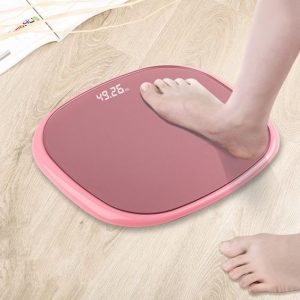How To Choose Inner Bicycle Tubes?

For most cyclists, bicycle tubes are a basic but necessary item (unless you ride a solid or tubeless bike). A basic floor or portable pump is used to inflate them, and they are located inside your tire. For any novice cyclist, a tube puncture is usually a frustrating experience, but knowing how to fix a puncture is a valuable skill for any rider. The inner tube you choose should be appropriate for both your bike and the type of riding you do, as there are numerous varieties Available.
Table of Contents
Factors to consider before buying the right tubing
Length of tube valve
Presta inner tubes are available in a variety of valve lengths based on the rim profiles’ depth. Make sure the valve is long enough to extend out of the rim hole and still fit a pump onto your wheel if it has a deep rim profile. You can extend a short valve and still use it by simply purchasing a valve extender. Presta Valves are typically available in sizes between 40 and 80 mm. Any additional amount calls for a valve extender.
Tube dimensions
The width of the tire and the circumference of the wheel determine the size of the inner tube. The tire’s sidewall bears the size information. Generally, you will see an acceptable range for the width and wheel diameter. The diameter and circumference of the wheel can differ depending on the bike. Additionally, the widths can change based on how the bicycle is intended to be used. To prevent overstretching or pinching, which can both result in unlucky punctures, the tube must fit your tire.
Tube material
Wheels are rotational mass, so improving your ride with new tires, wheels, and tubes is essential. Even though tubes only make up a small portion of this equation, it’s important to keep this in mind when choosing which tube to buy in order to maintain your competitive advantage when needed. Cheaper tubes typically have a higher rolling resistance, are heavier, and have more rotational weight.
Puncture protection
While there are several ways to lessen the chance of getting a flat, nothing can completely prevent getting a puncture. Simple measures to prevent punctures include making sure your tires are inflated to the recommended level, monitoring tire wear, and buying high-quality tires. There are many options for preventing punctures, and tire liners and puncture protection sealants are two common choices. These are particularly helpful for commuters and mountain bikers.
Puncture protection sealants
They can be used with inner tubes that have removable cores. Small holes are swiftly sealed after the sealant is poured into the inner tube. These are ideal for dealing with tiny punctures caused by sharp stones, thorns, and road debris. When the sealant comes into contact with air, it fills the leak and forms a plug.
Tire liner
The spacer between the tire and the tube is a thin plastic strip. This lessens the possibility of getting poked by thorns and other sharp objects. Although they are well-liked and functional, these do add weight to your tires, so performance riding is not advised with them.
In conclusion, even though a tube is a straightforward spare on your bike, it’s crucial to select the appropriate tube like Ridenow inner tubing for your tires. It will guarantee that you roll lighter and faster in addition to preventing punctures.




